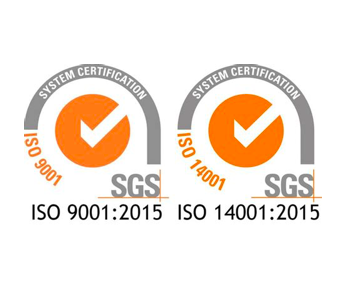When it comes to the environment and the measures that we put in place to help protect it, there are many benefits that can be gained from recycling. When we recycle, we create a planet that is healthier for the current generation and future ones. Recycling helps us to conserve natural resources and reduces the necessity of extracting natural resources such as timber to create new products.
It is understandable that many people will think of wood as being a fully recyclable material. However, this is simply not the case. Wood that is sent for recycling is sorted into four different grades, referred to as grades A-D, and of these, only that wood which falls into the Grade D category is not recyclable.
This may sound like there is relatively little wood that it is not possible to recycle but unfortunately Grade D includes any wood that has been treated, or painted in any way and may contain contaminants. This means that it is considered hazardous waste and therefore cannot be recycled.
What happens when we don’t recycle?
Items that are not recycled are eventually sent to landfill. In many parts of the world landfills are already overflowing, and their existence can create a significant environmental impact. After all, they take up a considerable amount of space and the waste that sits there generates large amounts of greenhouse gas emissions.
Whilst the amount of waste that has been sent to landfill has been reduced significantly in the last decade or so as a result of recycling initiatives, the numbers are still much higher than we would probably want them to be.
When we don’t recycle properly, much of the waste that is in fact ending up in landfill is, in fact, waste that could have been recycled, but for one reason or another it has ended up in general waste rather than the appropriate recycling collection.
What about wood waste?
Some of the wood waste that we create can be recycled, this is anything that is categorised as grades A-C. The wood waste that is classified as Grade D however is a different story. This is contaminated wood waste and as a result it cannot be recycled, it is not sent to landfill either.
Instead this wood waste is classed as hazardous and sent to a hazardous waste incinerator. Once it has been burnt the resulting ash is collected up and then stabilised. The resulting stabilised ash is then placed into a specific landfill that is reserved for hazardous waste.
Incinerating wood waste that cannot be recycled brings with it its own environmental issues; namely the use of the additional sources of heat that are used in the incineration process and the smoke and any gases that might be produced during the incineration. There is also the additional carbon footprint that is caused by the additional transportation of moving this nonrecyclable wood to the incineration plant.
If you have wood waste ready to be recycled and is classified as safe for recycling and waste collection, arrange a wood waste collection with our team. For more information about our services and to ask any questions before arranging collection, simply get in touch with the Bodens team.












 Get Directions
Get Directions